
How Do Industries Benefit from 3D Animation?
3D Animation Benefits on Engineering Services
In the modern engineering industry, utilizing three-dimensional animations is an indispensable tool. Clients and vendors cannot be required to rely upon 2D sketches to understand what you’re creating, not when there are such vastly available and usable animation and 3D modeling tools that can transform your designs into models on the computer screen that tell the whole story.
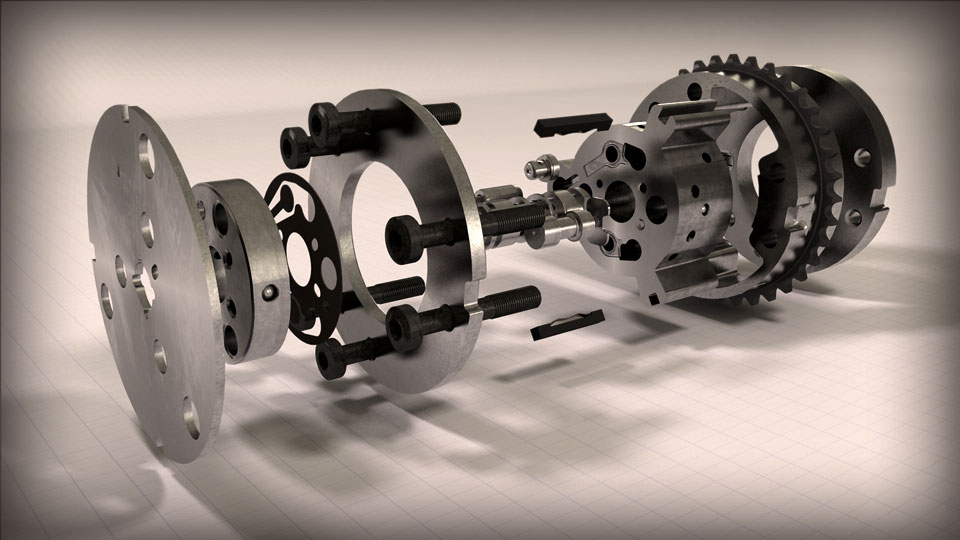
Whether you’re working in manufacturing, machining, automobiles, or something else, making sure the intended design translates to real-world manufacture is imperative. Mistakes in translating designs into a product can be not only highly costly but severely dangerous if they lead to major accidents. For those reasons, 3D animations are a must-use tool for accuracy, speed, and clarity.
Implementing 3D animation design allows seeing beautiful buildings, intricate designs, and fine-tuned details with great clarity. No matter what type of engineer you are, there are surely 3D animation benefits you could reap. Let’s take a look at some of the ways 3D animation design benefits different types of engineers:
Advantages of using 3D Animation in Mechanical Engineering
If you work in the mechanical engineering field, there are several types of 3D animations that will frequently become useful in your line of work:
- Blender A blender is a professional 3D animation software tool that is used in movie animations, art, 3D printing, special effects, and more. Utilizing particle simulation, texturing, fluid and smoke simulation, and more, a blender can give the most artistic results.
- Maya The Autodesk Maya 3D animation tool is used to create full-motion effects in 3D, harnessing, and modeling the laws of physics to create life-like animations in a CAD environment.
- CATIA As a mechanical engineer, the CATIA software from Dassault systems allows CAD, CAE, and CAM and the ability to model real-life behavior: systems in a connected world, aging over time, interaction with other environmental factors.
- Solid works Solid works is an easy to use tool for 3D animation, but that doesn’t mean it’s any less powerful as it will quickly create, validate, and communicate the product development process utilizing the power of 3D animations.
- KeyShot Mechanical engineers will use KeyShot when they need particularly impressive visuals from their 3D animation, thanks to the real-time 3D rendering workflow that allows you to see results instantly.
Regardless of the solution you choose, as a mechanical engineer, you’ll be privy to the advantages of using 3D animation. For one, the ability to see and interact with a 3D model prototype rather than spending tons of time and money in creating a physical prototype creates a quicker engineering design process that allows for more iterations to get it right. You can also show off those designs to other engineering teams at your firm or potential collaborators. It would save your time that would otherwise be spent explaining designs and getting others up to speed on your work.
While the lighting and textures of your design look beautiful and engaging, the real benefits to mechanical engineers come from the ability to efficiently determine and eliminate any technical issues and create a design to the production process that is streamlined without sacrificing accuracy or thoroughness. In the end, mechanical engineers will find 3D animation to be a useful and cost-effective solution.
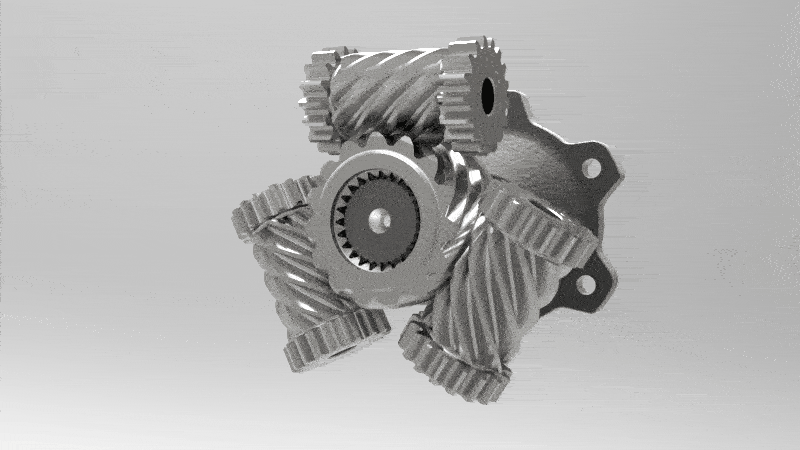
Advantages of using 3D Animation in Civil Engineering
Civil engineers are focused on creating the beautiful man-made aspects of our surroundings, including buildings, bridges, infrastructure, and more. 3D animation tools are likewise able to create new possibilities and endless opportunities for civil engineers. Some 3D animation tools civil engineers utilize include the following:
- Civil 3D Designed specifically for civil engineers, this software tool allows for the design and documentation of civil engineering designs utilizing Building Information Modeling (BIM) workflows.
- MicroStation Civil engineers who use MicroStation do so because the advanced parametric 3D animations are among the industry best, allowing for collaboration with other civil engineers to look at your comprehensive and detailed designs in three dimensions and creating a world in the model world before being built into the real world.
- CityEngine Another common 3D animation tool for civil engineers is CityEngine, a modeling software that allows you to create large urban environments. Even allowing you to choose real-world locations, CityEngine brings 3D animation to the large-scale and immersive.
- GeoHECRAS This 3D animation tool takes civil engineers into rivers and waterways and allows you to model and test designs along with the real-life flow of water.
- AutoTURN A final 3D animation software for civil engineers is AutoTURN, the industry-standard swept path analysis software that puts transportation projects in real models for your animations and design.
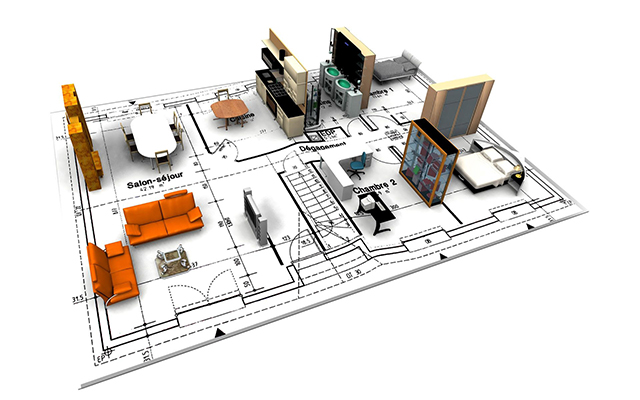
Advantages of using 3D Animation in Architectural Engineering
Architectural engineers are another group of professionals who are benefitting from the possibilities of 3D animations.
To start with, architectural engineering firms may use the following tools:
- Revit Revit is one of the gold standards to BIM tools, and the 3D models you can create can be exported and utilized during the entire construction process. The 3D animations can even cycle through the entire design and building process.
- SketchUp Architectural engineers may also turn to SketchUp as a highly usable and intuitive, though not necessarily as powerful, 3D modeling tool. The resultant 3D animations from SketchUp allow for quick demonstration and visualizations.
- Rhino3D On the other hand, architectural engineers will turn to Rhino3D as one of the most versatile 3D animation tools. Utilizing over 2,000 enhancements and modeling and editing tools, Rhino3D allows for animations to follow exact parameters and create the exact architecture design required.
- Archicad One of the first tools to combine BIM and 3D animation, Archicad has massive amounts of data it can store in its 3D models which enhance its potential.
- Maya Much like mechanical engineers, architectural engineers can tap into the immensely powerful and fluid 3D animation tools of Maya.
All of these tools open up 3D animation possibilities for those working in architectural design. When in the architectural design process, 3D animation helps enhance understanding of the desired design by both fellow engineers and ultimate clients. This understanding used to require much more time to be spent on artistic renderings, so the use of 3D animation saves money, improves design efficiency, and smooths out the whole design process.
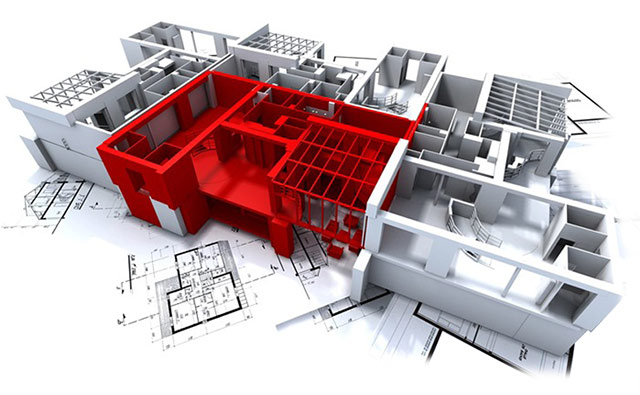
Advantages of using 3D Animation in Structural Engineering
Lastly, structural engineers can also reap the 3D animation benefits that persist across the engineering industry. The main tools they focus on include the following:
- SkyCiv Structural 3D Designed specifically for structural engineers wanting to model and animate in three dimensions, this tool is completely online and allows for detailed structural analysis
- ATIR STRAP Another structural modeling and analysis tool, ATIR STRAP allows you to design modules for testing structural performance under various loads and export designs in 3D.
- ClearCalcs Another solution in the toolbelt of the Structural engineer is ClearCalcs, which is easy to use software solution that allows design and analysis across many of the most common material types.
- GRAITEC Advance Design Recognizing the power of modeling and 3D animation, this software was designed for structural engineers that need the best solution specifically for reinforced concrete and steel.
As with other engineer types, structural engineers who reap the benefits of 3D animation tools will see their design process sped up, reducing inefficiencies and opportunities for error.
Visualizing, contextualizing, and simulating the structural design in 3D animation style opens up a world of possibilities within the engineering firm, not to mention the value of having those designs easil and readily shareable with clients or partners.
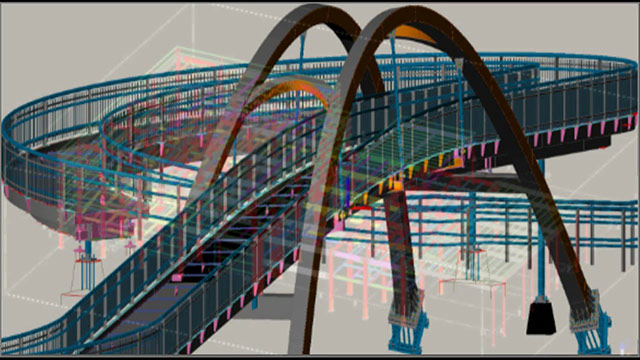
Conclusion
The software solutions that are available to engineers today make their job much more efficient and tangible. Utilizing the right 3D animation tool will open up possibilities, make your job easier, and leave your clients much more satisfied that they understand the entire engineering process. Such a robust tool for your business cannot be overlooked, with the innate ability to combine creative ideas with powerful design.
As such, choosing the right 3D animation design tool is critical for the success of your project. With so many options, all with their learning curve, benefits, and challenges, it’s, of course, difficult to know where to start. But if you find yourself overwhelmed with the 3d animation benefits, there is the option of finding the right partners who can help your engineers get the best benefits from these tools.
IndiaCADworks is well in tune and trained on each of the above 3D animation tools, as well as others, so don’t hesitate to reach out to our engineering teams to see what we can do for you today!
– IndiaCADworks



